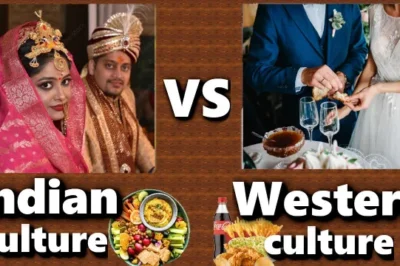The Western influence on Indian culture has been profound, especially among the younger generation. With the rise of globalization and digital connectivity, Indian youth are exposed to Western trends in fashion, music, technology, and lifestyle, which are now interwoven with traditional Indian values. While this cultural exchange has led to exciting developments in Indian youth culture, it has also sparked debates about the balance between modern vs traditional values.
Cultural Globalization and Its Role
Cultural globalization has brought Western ideals and practices into the daily lives of Indian youth. The internet, social media, and entertainment platforms like Netflix have opened up vast channels for consuming Western movies, music, and fashion. This exposure to diverse cultures has broadened perspectives, leading to greater acceptance of individualism, freedom of expression, and the pursuit of personal goals.
As a result, Western fashion, music genres like pop and rap, and celebrations like Valentine’s Day are now integrated into Indian pop culture, creating a blend of Western and Indian traditions. While this fusion allows for creativity and diversity, it also challenges traditional Indian values of collectivism, respect for elders, and cultural heritage.
Indian Youth Culture: A Blend of Modernity and Tradition
Today’s Indian youth are adept at navigating both Western and Indian cultural landscapes, creating a unique Indian youth culture that balances tradition with modernity. For instance, while adopting Western fashion and technology, many young Indians still adhere to traditional customs during festivals, weddings, and family gatherings. The use of social media to celebrate Indian festivals like Diwali or Holi, while wearing modern outfits, exemplifies this harmonious blend.
However, this balancing act is not without its challenges. The conflict between modern vs traditional values often surfaces in family dynamics, where younger generations may prioritize individual aspirations like career growth or personal freedom, which sometimes contradict the collective family-oriented mindset of older generations.
Cultural Assimilation and Its Effects
Cultural assimilation has also played a significant role in shaping Indian youth culture. Many Indian students studying abroad or professionals working in multinational corporations adapt to Western norms and bring back these influences to their homeland. While this assimilation has facilitated personal and professional growth, it has also raised concerns about the erosion of traditional Indian values and practices.
Conclusion: A Dynamic Cultural Shift
The Western influence on Indian culture has created a dynamic shift in the mindset of Indian youth. While they embrace modernity through Western ideals of individualism and freedom, they continue to honor their cultural roots. This fusion of cultures offers Indian youth the best of both worlds, blending Indian pop culture with global trends while maintaining a connection to their traditions.








Leave a Reply